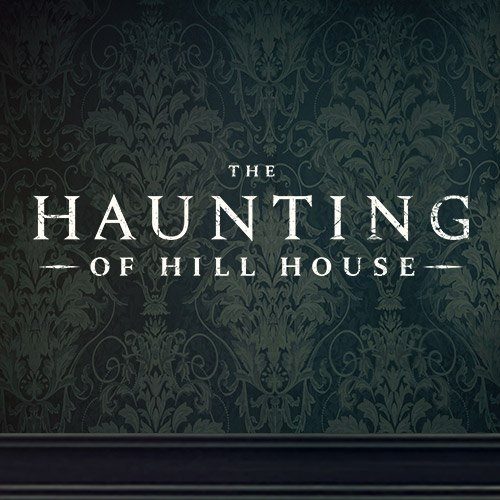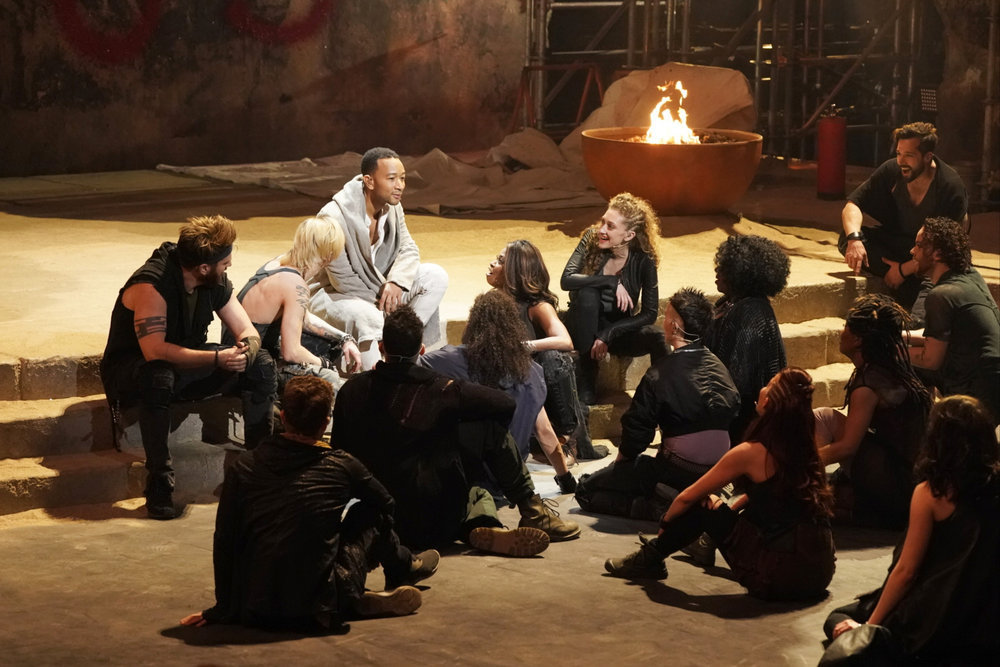Over the last two years, horror has had quite the transformation. It is no longer a genre where someone in a mask runs around killing people. It’s evolved. Today the genre bends, constantly changing the definition of horror while keeping the audience on its toes. This was shown with horror’s latest two hits, “Get Out” and “A Quiet Place,” both films that defy the genre while telling a terrifying story. It wasn’t the supernatural, absurdity or monsters that scared its audiences, but the realism of it.
Netflix’s latest experiment, “The Haunting of Hill House” is just that. The 10-episode series loosely adapted from Shirley Jackson’s 1959 novel tells the story of the Crain family who spends one short summer in Hill House. The series follows the Crain’s summer while simultaneously showing how the events at Hill House affected them later in life, particularly the lives of the five Crain children. Creator (as well as writer, director and editor) Mike Flanagan’s masterpiece is spooky, scary and unnerving with a plethora of ghosts and eerie imagery. But at its core, “The Haunting of Hill House” is an incredibility dense human story that just happens to center around a haunted house.
The Crain family moves into Hill House temporarily because the parents, Olivia (Carla Gugino) and Hugh (Henry Thomas), are house flippers and Hill House will produce enough money for the family to find a permanent home. During the first glimpses of the show, the Crains are a tight-knit family unit. Olivia and Hugh are a stable couple while all the five children get along as much as siblings can. From the outside looking in, they seem as happy as they are.
Cut to 25 years after Hill House, the Crains are estranged. The oldest Crain child, Steven (Michiel Huisman) has exploited the family’s trauma by publishing a novel based on the events that happened in the house, leaving him isolated by his other siblings. Shirley (Elizabeth Reaser), the second oldest, is now a funeral director and perfectionist. With a doctorate in childhood psychology, Theo (Kate Siegel) lives in Shirley’s guest house, is cold as ice and refuses to be touched (going to the extent of wearing gloves). This is while the babies of the family, Nell (Victoria Pedretti) and Luke (Oliver Jackson-Cohen) suffer with depression and an opioid addiction, respectively. It’s safe to say whatever happened in Hill House all those years ago has affected the children substantially in different forms. But what actually happened in that house?
Flanagan brilliantly shows the scars Hill House leaves on each child and their adult version dealing with the trauma. As the writer and director or all 10 episodes, he was able to take most (if not all) creative control on this project, resulting in a clean and controlled narrative. Everything the audience sees is what Flanagan wants us to see. Every ghost, every haunt, every shot is put there by him. Directing a 10-hour horror story is no easy task and Flanagan deserves endless recognition and praise. He is able to keep his audience invested in the story while getting the same terrified reaction in episode 10 as he did in episode one. He knows the heart of horror isn’t physically hurting his characters, but emotionally hurting his characters. Throughout the entire show, the audience is concerned for the Crain family because Flanagan allows the audience to love, emphasize, and build a relationship with these broken individuals. So when the ghosts and danger comes for them, it’s terrifying because the audience wants to protect the characters, but can’t. It’s a tough job, to keep an audience engaged and terrified for ten hours, and Flanagan does it.
Flanagan uses most of his episodes as a focus on a specific member of the Crain family. In this, the audience is able to thoroughly understand who each character is which is something that wouldn’t be possible in a 90-minute horror movie. He values context and perspective as he shows us each character as if we never meet them in pervious episodes before and frequently revisits scenes with a different points of view. This allows the audience to understand specific characters’ mindsets and internal conflict. With different perspectives in every episode, Flanagan allows his audience to experience each character’s trauma while learning what is actually hunting them.
Sure, there are ghosts and jump-scares and loud noises but that is not what this show is about. It’s not a show about children running from a monster or adults fighting a monster. The show is about family. It’s about a family, and how they deal with their trauma individually and together. It is a show about how one’s childhood affects their adulthood. Yes, the Crain family goes through a horrible experience in Hill House that deeply affects them throughout their lives and has an impact on how they function in the present day. But this theme can be applied to anyone. This show illustrates what happens when one goes through something hard or challenging or even traumatic and what happens when one doesn’t face it, but runs away from it. Or ignores it. Or pretends it never happened. That ghost will haunt you until you face it or are consumed by it.
“The Haunting of Hill House” is marketed as a horror show, but that does not do it justice. If you take away all the ghosts and scary elements, you will see a deep, emotional drama that will make you want to call your family as soon as you finish the show. It’s an extremely well-acted ensemble piece, led by the incredible Carla Gugino and at times performed like a great play (especially in episode six). It will definitely scare you. But it might also give you the courage to tackle your own ghosts head on because everyone is haunted by something.
Lauren LaMagna can be reached at [email protected].




















